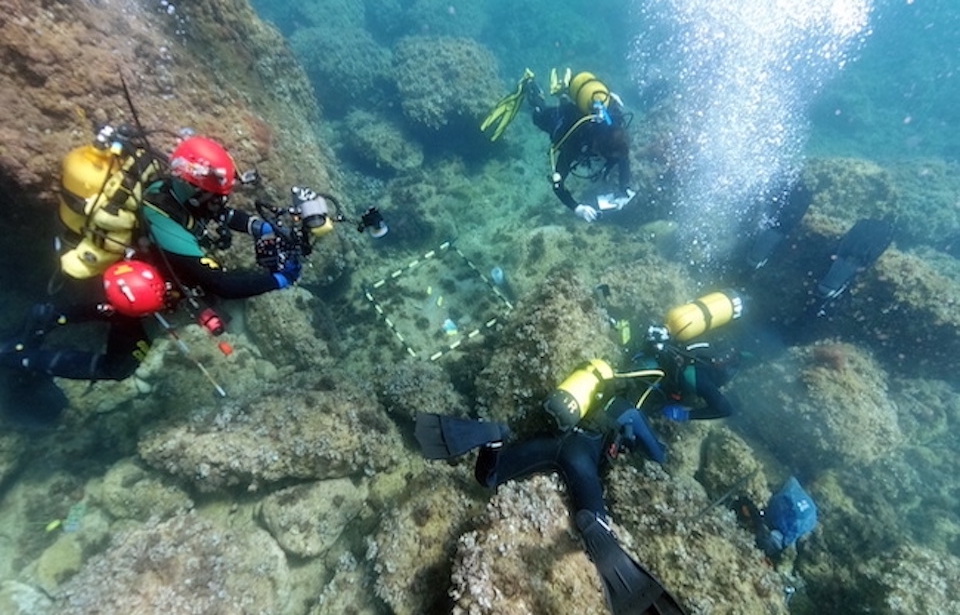Two amateur divers have uncovered what archaeologists call one of the largest collections of coins from ancient Rome. The find and subsequent dives in the area have revealed a total of 53 coins, many of which are in excellent condition.
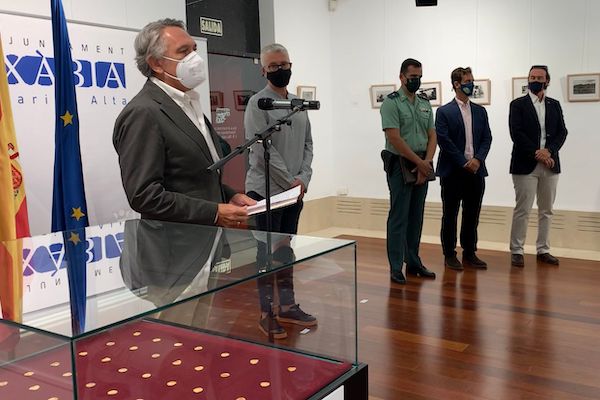
Luis Lens and César Gimeno were diving off the island of Portitxol in Xábia on August 24, 2021, cleaning up trash and exploring the underwater scenery. They noticed what appeared to be a coin in the sediment, and using the corkscrew of a Swiss Army knife discovered seven more embedded in a rock crevice.
They notified authorities, and soon archaeologists from the University of Alicante’s Institute of Research in Archaeology and Heritage arrived at the site to see what else could be uncovered. During their search, they uncovered 45 more coins, as well as three nails, likely made from copper, and the lead remains of what they believe could have been a sea chest.
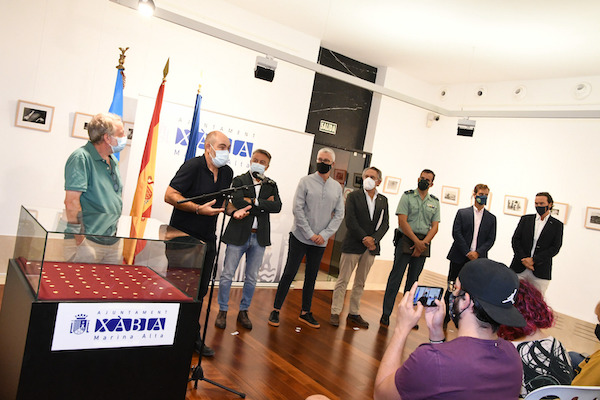
Analysis of the coins, which date back to between the end of the 4th century and the beginning of the 5th century, show them to have been perfectly preserved. In fact, they are in such good condition that the archaeologists could read their inscriptions, allowing them to identify them from the reign of many Roman emperors.
Three of the coins date from the reign of Valentinian I, seven from Valentinian III, 15 from Theodosius I, 17 from Arcadius, and 10 from Honorius. Only one was unidentifiable, as its face had been scratched.
According to Jaime Molina Vidal, Professor of Ancient History at the University of Alicante and the team leader for the underwater search, the find is one of the largest collections of ancient Roman coins to be uncovered thus far.
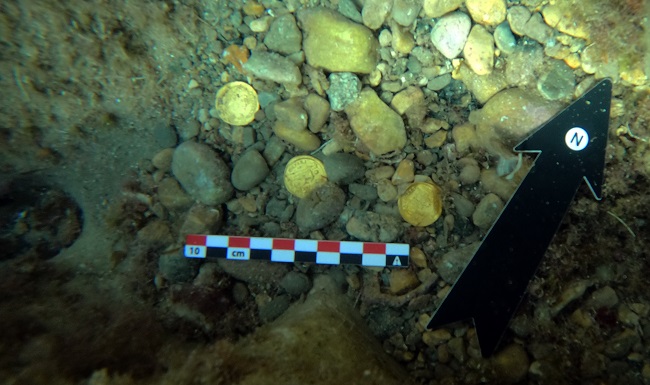
It’s likely the coins were hidden by a wealthy landowner looking to protect their money from the barbarians who were invading and looting the Western Roman Empire. During the final phase of the fall of the empire, the Alans, Vandals, and the Suevi invaded the area, and the political power of the Romans in the Iberian Peninsula ended in 409 A.D.
It’s likely the owner of the coins died before they could collect them.
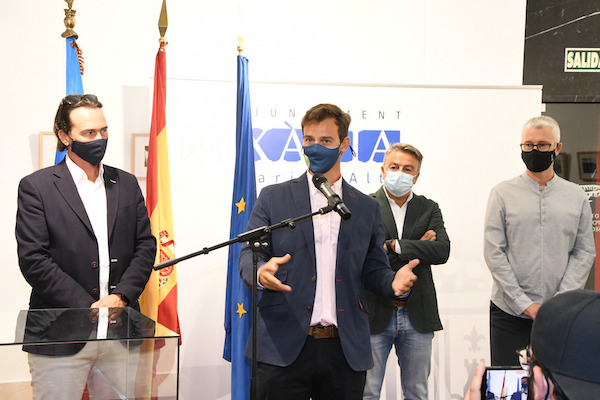
The coins will be restored and exhibited at the Soler Blasco Archaeological and Ethnographic Museum in Xàbia. Further archaeological exploration of the site off the coast of Portitxol will occur over the coming weeks, with the local Valencia government allocating €17,800 to the search.
The plan is to determine whether there are sunken ships located nearby.
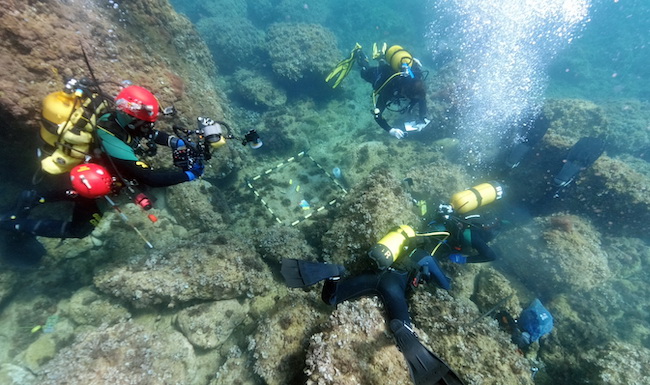
More from us: Youngsters Discover a Trove of 1,000-Year-Old Gold Coins
The bay of Portitxol is a well-known archaeological site, where anchors, ceramic remains, amphorae, and other artifacts have been discovered over the years.
